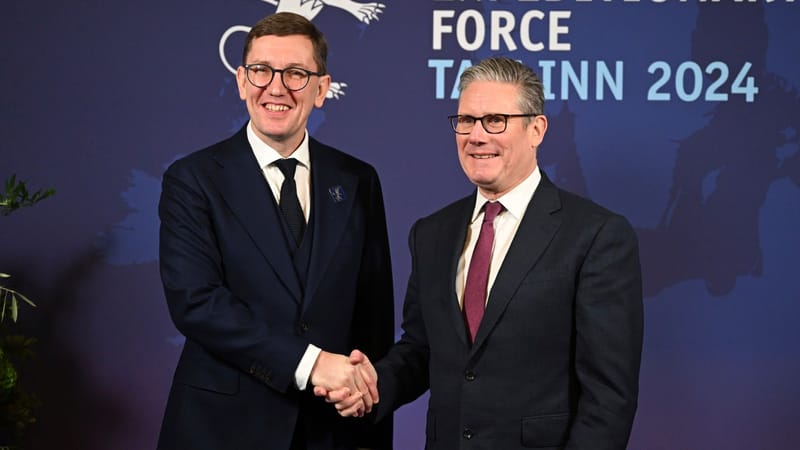Estonia and Latvia Strengthen Eastern Borders with Bunkers and Fences in Preparation for Potential Conflict with Russia
In a significant move to bolster their defenses against potential aggression from Russia, Estonia and Latvia are undertaking extensive measures to fortify their eastern borders. Amid heightened tensions in the region, these Baltic nations are proactively enhancing their military and physical border infrastructures. Estonia's Concrete Bunker Defense Line

In a significant move to bolster their defenses against potential aggression from Russia, Estonia and Latvia are undertaking extensive measures to fortify their eastern borders. Amid heightened tensions in the region, these Baltic nations are proactively enhancing their military and physical border infrastructures.
Estonia's Concrete Bunker Defense Line
Estonia is constructing a defense line consisting of approximately 600 concrete bunkers along its eastern border. The majority of these bunkers are being built in Ida-Virumaa and Southeast Estonia, with additional placements near Lake Peipsi. This development is part of a broader defensive strategy aimed at countering any potential threat from Russia. The decision reflects Estonia's commitment to safeguarding its territory from the very first meter in case of a conflict.
Latvia's Enhanced Border Security Measures
Similarly, Latvia is reinforcing its eastern border with robust measures, including the construction of a substantial fence and the development of necessary military infrastructure. Latvian President Edgars Rinkēvičs emphasized the importance of not just building a fence but also establishing appropriate military infrastructure along the border. This initiative is vital to ensuring Latvia's capability to effectively defend itself from potential threats. The country is focusing on utilizing available resources to achieve and maintain combat readiness and preparedness.
In addition to physical barriers, Latvia aims to equip its eastern border with technological infrastructure by mid-2026. The plan includes coordinating all activities with landowners, streamlining the issuance of construction documents, and potentially involving the national armed forces in the construction of the border infrastructure, including fortifications and other mobility-limiting elements.
Context and Implications
These measures by Estonia and Latvia are a response to the evolving security landscape in Eastern Europe, particularly in light of Russia's military actions in the region. By strengthening their borders, Estonia and Latvia are preparing for any potential military conflicts with Russia, enhancing their national security, and demonstrating their resolve to protect their sovereignty.
The construction of bunkers and fences, along with the development of military infrastructure, highlights the seriousness with which the Baltic states view the Russian threat. These efforts also underscore the importance of regional cooperation and the support of international allies, particularly within the framework of NATO, in ensuring the security and stability of the Baltic region.
In conclusion, Estonia and Latvia's proactive defense measures serve as a testament to their commitment to national security and their preparedness to address potential military threats from Russia. These steps also reflect the broader concerns of Eastern European countries regarding regional stability and the need for vigilance in the face of geopolitical challenges.




